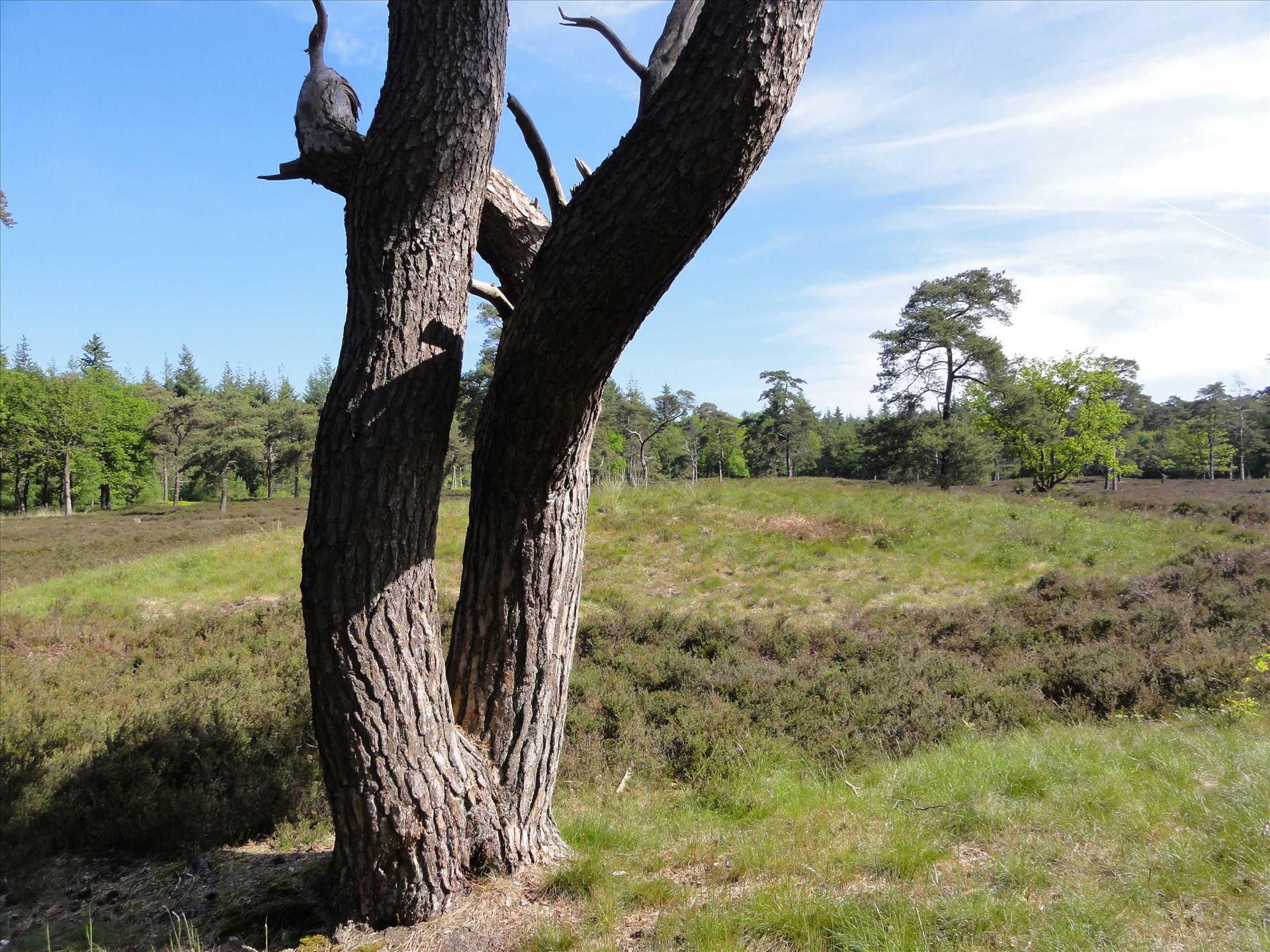Ancient Traces on The Eese
The Icy Origin of De Eese
At the majestic De Eese estate, you will find not only the serene tranquility of nature, but also the silent witnesses of an icy past. Boulders, from the last Ice Age, recall a time some 21,000 years ago when the landscape was subject to temperatures of minus 30 degrees and inclement winds.
The Mysterious Tomb Mounds
Amidst this natural richness are several burial mounds, dating back about 5,000 years. These prehistoric tombs are similar to the well-known dolmens in Havelte, however without the large boulders. Interestingly, there was once a dolmen on De Eese, but it was unfortunately demolished in the 19th century. The dead within these burial mounds were buried in a special way: sitting or crouching, accompanied by various utensils.
Life traces of the First Residents
The land of Vollenhove contains subtle traces of its first inhabitants, farmers who lived some 4,000 years ago. These communities lived harmonizing with nature, migrating to new areas as soon as the land lost its fertility. Although their simple farms have disappeared, their cemeteries, the burial mounds, have been preserved. Why they buried their dead in this way remains a mystery.
Transition to Urn Fields
The tradition of burial took a turn around 1200 BCE. . Farmers settled permanently and adopted cremation as a burial rite. The remains were kept in urns, which were placed in urn fields, often hidden beneath the earth’s surface and therefore difficult to spot.
Grave Gifts and Ground Treasures
Although the physical remains have decayed over time, fascinating artifacts such as pottery and weapons have been discovered in some graves. These grave goods were meant for life after death. Furthermore, valuable artifacts such as flint tools have been found around the burial mounds, thanks to the detective work of archaeologists such as Professor Van Giffen.
Protection of the Past
Although these ancient treasures have attracted many a treasure hunter, the cemeteries have been protected since 1961. Digging and disturbing these historic sites is now strictly prohibited, safeguarding the rich history of De Eese for future generations.











